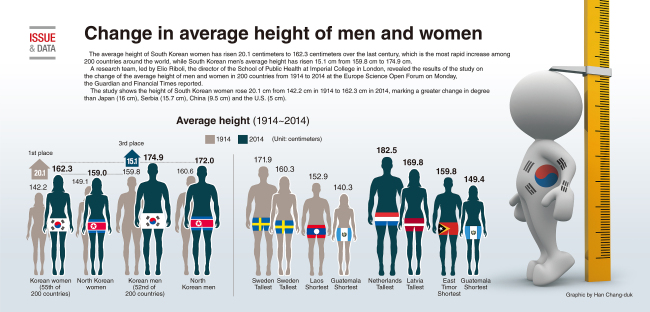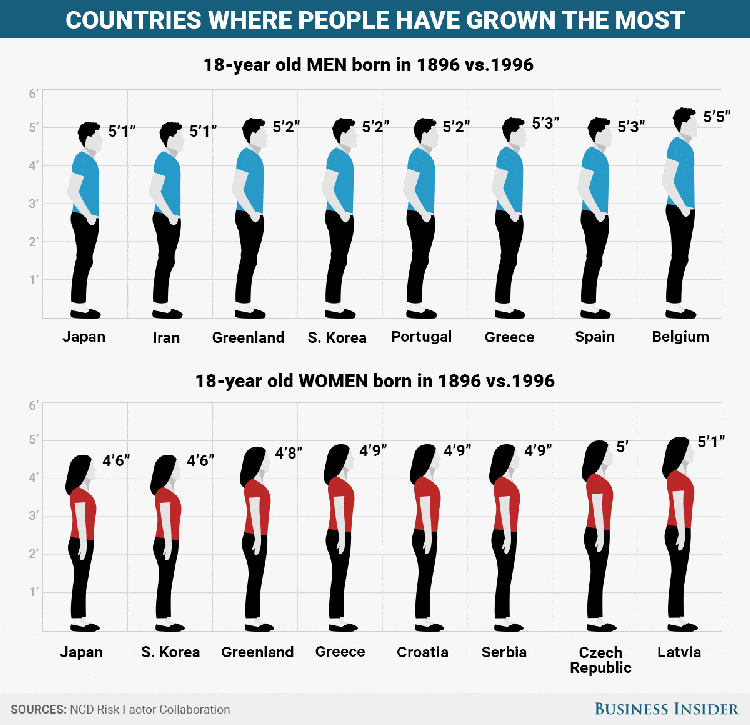Understanding the Average Height: A Crucial Metric
The average height for American men is a widely discussed topic, as it serves as a vital indicator of overall health, genetics, and societal development. This metric, when analyzed in conjunction with historical trends and geographical variations, can reveal fascinating insights into the lives of American men throughout different periods and regions. The average height for an American man is approximately 5 feet 9 inches (175.3 centimeters), according to data from the Centers for Disease Control and Prevention (CDC).
Historical Trends: How American Men’s Height Has Evolved Over Time
The average height for American men has undergone significant changes throughout history, largely due to improvements in nutrition, living conditions, and healthcare. In the late 19th and early 20th centuries, the average height for American men experienced a steady increase, coinciding with advancements in agriculture, industrialization, and public health. For instance, the average height for an American-born man in 1900 was around 5 feet 7 inches (170.2 centimeters), which is approximately 2 inches (5.08 centimeters) shorter than the present-day average.
Geographical Variations: Regional Differences in Height Across the United States
The average height for American men can vary significantly across different regions, reflecting the influence of socio-economic factors, genetic diversity, and lifestyle habits. For example, men residing in states with higher average incomes, better access to healthcare, and healthier diets, such as Colorado and Minnesota, tend to have taller average heights compared to men in states with lower socio-economic indicators, like Mississippi and West Virginia.
The Science Behind Height: Genetics, Nutrition, and Lifestyle
An individual’s height is primarily determined by a combination of genetics, nutrition, and lifestyle factors. Genetic inheritance accounts for approximately 60-80% of an individual’s height, while the remaining percentage is attributed to environmental factors such as nutrition and overall health.
Recent scientific research has shed light on the complex genetic architecture underlying human height. Thousands of genetic variants, each having a small effect, collectively contribute to an individual’s height. Moreover, interactions between these genetic variants and environmental factors can further influence an individual’s final height.
Nutrition plays a crucial role in determining the growth and development of children and adolescents. Adequate intake of essential nutrients, such as proteins, vitamins, and minerals, is vital for optimal growth. In addition, maintaining a balanced diet throughout childhood and adolescence can significantly impact an individual’s adult height.
Lifestyle factors, such as physical activity, sleep, and stress management, also contribute to an individual’s height. Regular exercise, sufficient sleep, and reduced stress levels can promote optimal growth and development during the formative years.
How to Measure Height Accurately: Best Practices and Common Misconceptions
Accurately measuring height is essential for understanding the average height for American men. To ensure precision, follow these best practices:
- Measure while standing barefoot on a flat, hard surface.
- Stand with your back against a wall, ensuring your heels, buttocks, and shoulder blades are in contact with the wall.
- Keep your head in a neutral position, facing straight ahead, and ensure the line of sight is parallel to the floor.
- Make a mark on the wall at the top of your head, then measure the distance from the floor to the mark using a tape measure or ruler.
Common misconceptions surrounding height measurement can lead to inaccuracies. For instance, wearing shoes, slouching, or having your head tilted can significantly impact the final measurement. Additionally, using unconventional methods, such as arm span or wing span, to estimate height is not recommended, as these measurements do not directly correlate with actual height.
The Impact of Average Height: Societal Perceptions and Stereotypes
Average height can have significant societal implications for American men, as perceptions and stereotypes related to height can impact various aspects of their lives. These implications can manifest in several ways:
- Self-esteem: Men who fall below the average height for American men may experience lower self-esteem and confidence due to societal pressure and unrealistic height standards.
- Career opportunities: Research suggests that taller individuals are more likely to secure leadership positions and higher-paying jobs, leading to potential disparities in career advancement for those below the average height.
- Interpersonal relationships: Height can influence social dynamics, with taller men often perceived as more dominant or attractive, potentially impacting their relationships with others.
It is essential to challenge these stereotypes and promote a more inclusive society that values individuals based on their abilities, character, and contributions rather than their height. Encouraging open conversations about height-related perceptions and fostering an environment that embraces diversity can help break down these barriers and create a more equitable society for American men of all heights.
Global Comparisons: American Men’s Height in an International Context
Comparing the average height of American men to their global counterparts offers valuable insights into international disparities and similarities in height. On average, American men rank among the taller populations worldwide, surpassed only by a few countries.
- According to World Population Review 2021 data, the average height for American men is approximately 5 feet 9 inches (175.3 centimeters).
- The Netherlands holds the title for the world’s tallest men, with an average height of 6 feet (183.8 centimeters).
- Other countries with taller men include Belgium, Estonia, and Latvia, which all have average heights above 5 feet 10 inches (178 centimeters).
- Countries with average heights similar to or slightly lower than American men include Canada, Australia, and New Zealand.
- Many Asian countries, such as China, India, and Indonesia, have significantly lower average heights for men, often below 5 feet 6 inches (168 centimeters).
These international differences can be attributed to a variety of factors, including genetics, nutrition, healthcare, and socio-economic conditions. By understanding these variations, we can better appreciate the complex interplay of factors that contribute to the average height for American men and their global counterparts.
Promoting Positive Body Image: Embracing Diversity in Height
Promoting a positive body image is crucial for fostering self-confidence, mental well-being, and overall happiness among American men. Embracing diversity in height is an essential aspect of cultivating a more inclusive and accepting society.
- Recognize and celebrate the unique qualities of every individual, regardless of their height.
- Challenge societal norms and stereotypes that perpetuate height-based discrimination and prejudice.
- Encourage open conversations about body image and self-esteem, particularly among young men, to promote understanding and empathy.
- Promote a healthy lifestyle, including balanced nutrition and regular exercise, to support optimal growth and development during adolescence.
- Highlight successful and influential American men of all heights to demonstrate that stature does not limit potential or success.
By fostering a more accepting and empowered society, we can help American men of all heights develop a positive body image and self-perception, ultimately leading to improved mental health and overall well-being.







